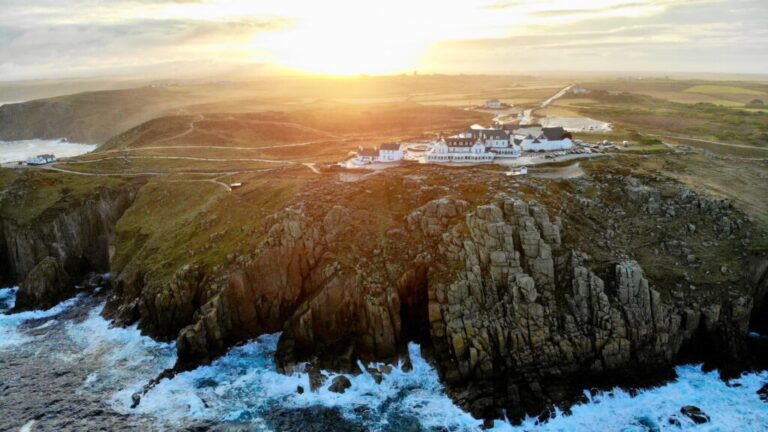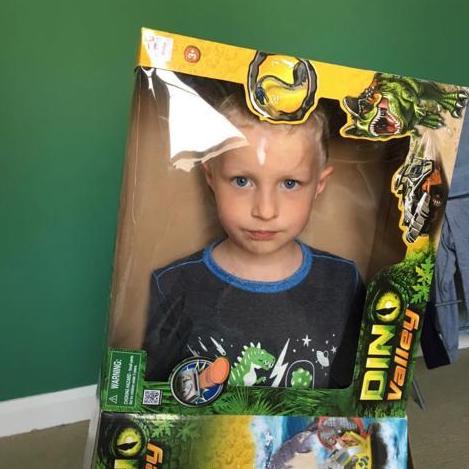When I took my son Nicholas to the Perran Sands Holiday Park on Cornwall’s north coast, on a balmy weekend in July, I was pretty sure it would be up his street.
Nicholas is four. He’s not fussy about hygiene and doesn’t care for comfort. Put him to bed, and half an hour later you’ll find him standing on his head or asleep in the sock drawer. The bottom line is, to Nicholas, normal life is strange; camping is natural.
Perran Sands near Perranporth — eight miles south of Newquay — is spectacularly situated amid the largest sand dune system in Cornwall: 1,600 acres of windswept ridges, topped with sedge and riddled with rabbit holes. We were there for some father-son bonding, and to sample Perran Sands’ new How To Be A Ranger course.
The first lesson in outdoor living, which we shared with two other families, was how to light a fire using a firesteel. We then used our fire to toast marshmallows, which proved popular with Nicholas.
Then we learned about water purification, in a way that led naturally to mugs of hot chocolate. Again, Nicholas was a fan.
The two of us enjoyed making bird-feeders out of string, Cheerios breakfast cereal and cut-up loo-rolls daubed with peanut butter. But, one of our fellow survivalists, eight-year-old Nelly, later discovered a more direct way to achieve the same result. She accidentally dropped her burger. Within seconds it had disappeared beneath a whirlwind of wings and snapping seagull beaks.
In the afternoon, we spent half an hour pondering a pond. I could, if required, now hold forth on the difference between damselflies and dragonflies — not to mention that between greater water boatmen and lesser water boatmen (although you might say that’s obvious).
Then our patient and well-informed Perran Sands ranger, Alice, took us on a leisurely nature trail. She pointed out the plants that were edible (dandelions) and the ones that we’d do better to avoid (spurge). Most crucially, we also learned that it’s a lot of fun to run very fast downhill through sand.
That took us by natural degrees to the Oratory of St Piran, a ruined chapel.
St Piran is one of Cornwall’s patron saints. He was the 5th-century priest who so aggravated the Irish, by relentlessly performing miracles, that they tied a millstone round his neck and threw him into the sea.
Happily the millstone floated and Piran surfed to the Cornish coast. Or so legend has it.
Among all the lessons in foraging and shelter-building, Nicholas and I found time to frolic, Piran-like, amid the waves. The beach at Perran Sands is superb, stretching for miles. Jean-Paul Sartre may have defined hell as ‘other people’, but he clearly wasn’t a family man. For children, as anyone who has them will tell you, happiness is other children. And that’s something Perran Sands offers in abundance.
Keep it to yourself, but this means that, from time to time, parents can put their feet up and enjoy a pint — keeping a lazy eye on their offspring, as they romp freely with other children who, five minutes earlier, hadn’t even met.
I should confess, in the interests of full disclosure, that our experience of camping was on the ‘glamping’ side. Our accommodation was a Geo Dome — three connected canvas domes, luxuriously equipped with comfortable beds, a fridge and a stove. There was even a TV.
Nicholas approved. When he woke up on the morning of our departure, his face still grimy from last night’s campfire, the first thing he said was: ‘Daddy, can we go camping?’

